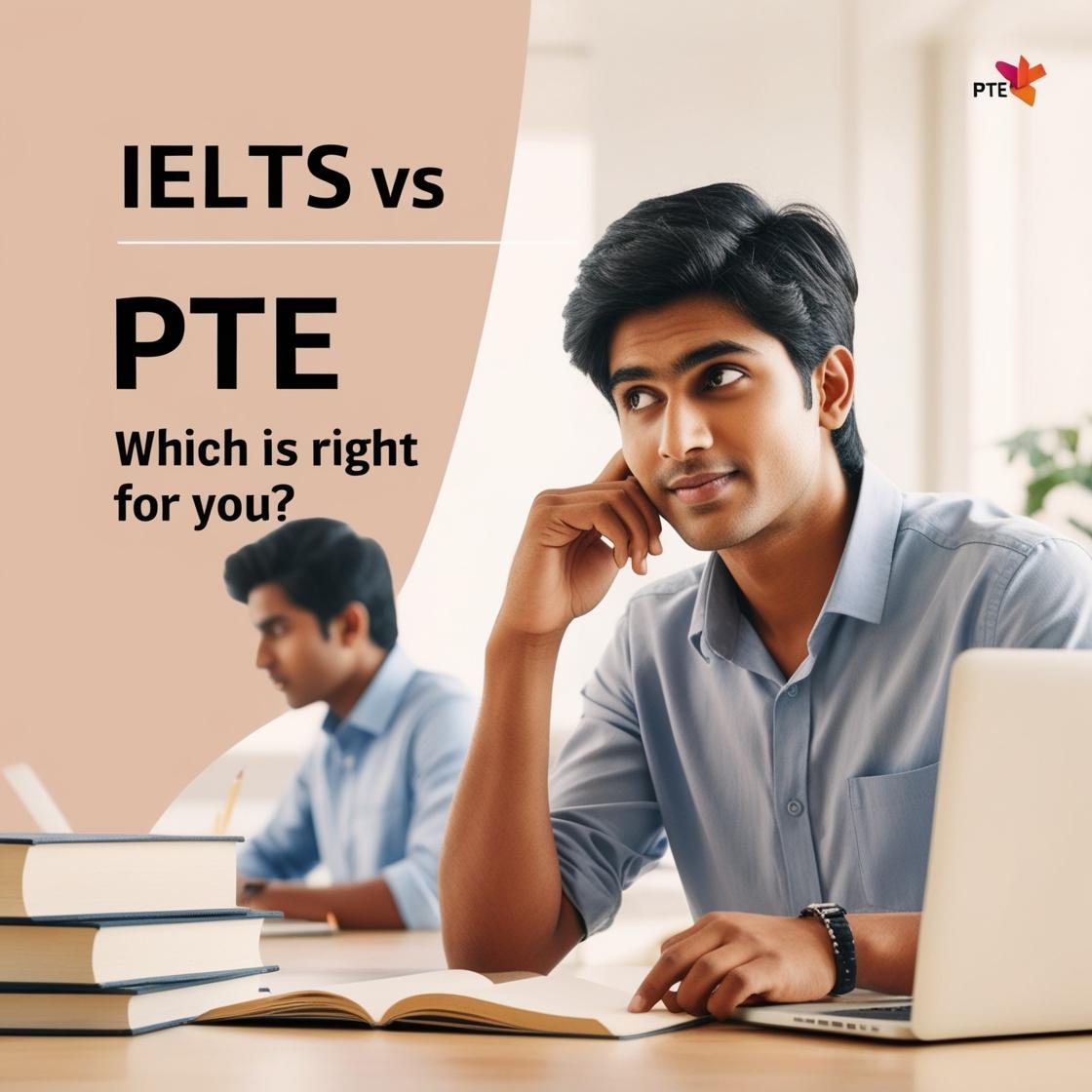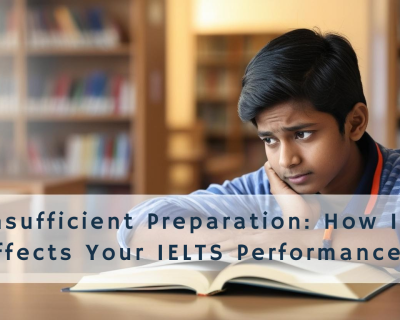Introduction
Choosing between the IELTS vs PTE comparison is a critical decision for non-native English speakers aiming to prove their language proficiency. Both IELTS and PTE are recognized globally and serve as essential exams for academic, professional, and immigration purposes. This article dives into the key differences between IELTS and PTE, helping you determine which test aligns with your personal goals, strengths, and preferences.
Section 1: Understanding the IELTS Exam
1.1 What is IELTS?
The International English Language Testing System (IELTS) is one of the most recognized English proficiency tests worldwide. It is available in two versions: Academic and General Training. The Academic version is for students applying to universities or professionals registering in English-speaking countries, while the General Training version is designed for immigration purposes.
1.2 IELTS Test Format
IELTS is divided into four main sections:
- Listening: 40 questions, 30 minutes.
- Reading: 40 questions, 60 minutes.
- Writing: Two tasks, 60 minutes.
- Speaking: An interview lasting 11–14 minutes.
The test is available in over 1,600 locations worldwide and can be taken either on paper or on a computer, depending on the test center.
1.3 IELTS Test Content
Each section assesses different language skills:
- Listening includes conversations and monologues.
- Reading tests comprehension with multiple passages.
- Writing involves tasks such as describing a graph or writing an essay.
- Speaking consists of a face-to-face interview with an examiner.
To perform well, you should familiarize yourself with different English accents, practice time management, and prepare for essay writing.
1.4 Scoring and Grading System
IELTS is graded on a scale from 1 to 9, with the average score taken across all sections. This allows you to have a clear sense of your proficiency across reading, writing, listening, and speaking.
Section 2: Understanding the PTE Exam
2.1 What is PTE?
The Pearson Test of English (PTE) is another widely recognized English proficiency test, and it is entirely computer-based. Like IELTS, the PTE Academic version is for those aiming to study or work abroad.
2.2 PTE Test Format
PTE consists of three main sections, tested over approximately three hours:
- Speaking and Writing: 77–93 minutes.
- Reading: 32–41 minutes.
- Listening: 45–57 minutes.
PTE offers quick results, often available within 48 hours, and is available at test centers worldwide.
2.3 PTE Test Content
PTE follows an integrated skills approach, assessing multiple language skills within each section:
- Speaking and Writing: Includes tasks such as summarizing written text and spoken text.
- Reading: Offers tasks such as multiple-choice and paragraph re-ordering.
- Listening: Involves summarizing spoken text and answering multiple-choice questions.
Success in PTE often depends on your typing skills and your ability to take notes during listening tasks.
2.4 Scoring and Grading System
PTE is scored on a scale from 10 to 90, providing a more granular assessment of your English ability compared to IELTS.
Section 3: Comparing IELTS and PTE
3.1 Test Validity and Recognition
Both tests are globally recognized by institutions, governments, and employers. The choice between IELTS and PTE often comes down to the specific preferences of universities, immigration departments, or employers.
3.2 Test Structure and Format
While IELTS offers both paper-based and computer-delivered formats, PTE is fully digital. Both exams test similar skills but use different formats, which could affect your comfort and performance.
3.3 Speaking Test Comparison
The speaking component is one of the biggest differences between the two exams. IELTS features a live, face-to-face interview with an examiner, which some candidates may find less intimidating. PTE, on the other hand, requires you to record your responses using a computer, which might suit others who prefer minimal direct interaction.
3.4 Writing Test Comparison
In the IELTS paper-based test, candidates write by hand. PTE, however, requires candidates to type their responses. This difference could impact your performance depending on whether you are more comfortable with typing or handwriting.
3.5 Listening and Reading Test Comparison
Both exams assess listening and reading comprehension, but PTE uses a digital format with integrated skills tasks. IELTS, by contrast, involves more traditional tasks such as multiple-choice questions and short-answer writing. Both exams demand high levels of comprehension, but the format will appeal differently to various candidates.
Section 4: Choosing the Right Exam
4.1 Your Study Goals and Requirements
Choosing between IELTS and PTE should be based on your academic or professional goals. Check the specific requirements of the institutions or employers you’re targeting. Some may prefer one test over the other.
4.2 Personal Preferences and Skills
Consider your strengths and preferences. Do you perform better with face-to-face interactions (as with IELTS), or do you prefer the digital, self-paced nature of PTE? Your comfort with typing versus handwriting could also influence your decision.
4.3 Test Availability and Convenience
PTE often offers faster results and more flexible scheduling. However, IELTS is widely available in numerous test centers and offers both paper-based and computer-based options. Consider factors such as cost, location, and convenience when choosing the best test for you.
Conclusion
The decision between IELTS vs PTE depends largely on your goals, test preferences, and individual strengths. Both exams are recognized globally and provide opportunities for study, work, and migration. By comparing the test formats, content, and scoring systems, you can choose the exam that best aligns with your needs. Take time to assess your personal circumstances, and select the test that will help you achieve academic and professional success.




















